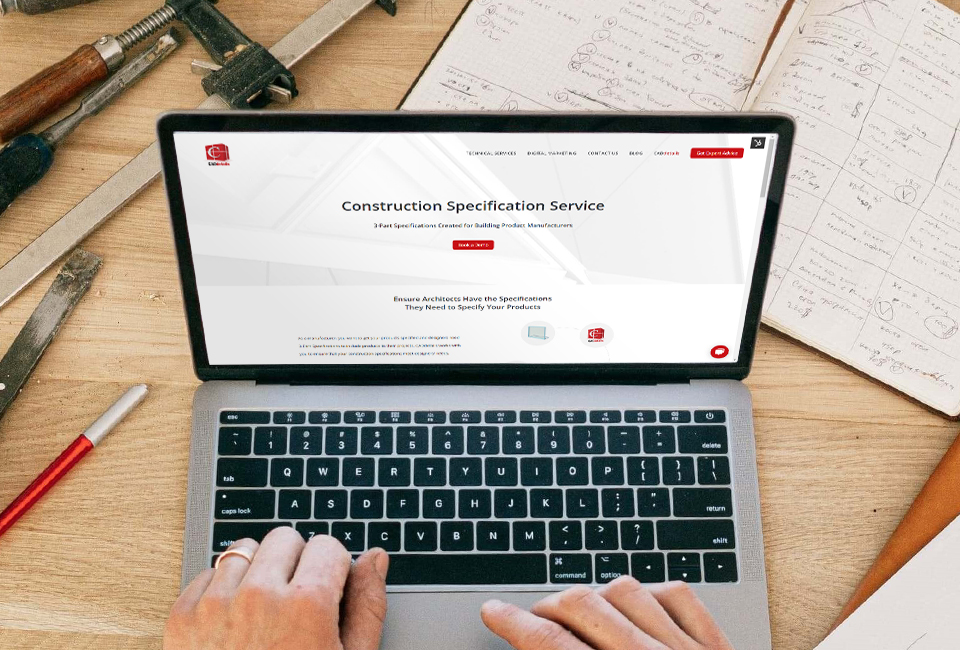Manufacturers of construction products face challenges selling their products that are not encountered in other industries. For a manufacturer’s product to be used in a construction project, it has to clear several hurdles. These include being selected or approved by the design team, being included in the project specifications, avoiding being substituted for by another manufacturer’s product, and being used by the construction contractor. Well written 3-Part Specifications help manufacturers overcome some of the barriers they encounter. Below we explore six of the reasons manufacturers need 3-part guide specifications.
1 - 3-Part Specification Sections Are Required in All Construction Projects.
Construction specifications are required for every construction project. In the US, construction projects require specifications that meet the standards of the Construction Specifications Institute (CSI). In Canada, these standards are governed by Construction Specifications Canada (CSC). Specifications make up a large portion of the project manual created for each project. Within the project manual, specifications are organized into divisions as categorized by the CSI/CSC’s MasterFormat®. These divisions in turn are divided into parts in accordance with SectionFormat® that cover general information, product information, and execution information for including the product in the project.
2 - 3-Part Guide Specifications Save Designers Time.
The creation of project specifications requires significant time and organization. Design teams are often under tight time constraints. They are tasked with creating a comprehensive project manual that includes specifications, construct documents, and support documents. Product manufacturers may secure a competitive advantage by ensuring they have an up to date 3-Part Guide Specification design teams can use in the production of the project manual. Writing specifications can be a time consuming task. Easing the burden of writing project specifications shows that you as a manufacturer are in tune with the needs of the design team.
3 - Provide the Documents Architects and Designers Need.
There are many ways manufacturers can provide information about their products, including brochures, website information, BIM models, CAD models, and more. Manufacturers should provide specification for their products so that product information is communicated in a standardized format architects and designers are familiar with.
4 - Specifications for Your Products Can Give You a Competitive Advantage.
If you are a manufacturer of construction or landscape products and you do not have 3-Part Specifications available, you may want to evaluate how this impacts your chances of being included in projects. Do any of your competitors offer specifications? If so, you are at a disadvantage when it comes to being selected for a construction project. If none of your competitors provide specifications, having these written for your product lines will give you a competitive advantage.
5 - The Chance To Be Added to Office Master Specifications.
Architecture firms have several approaches to preparing project specifications. Most firms create office master specifications. Office master specifications are developed based on the project types most often encountered by that firm. Being included in a firm’s office master specifications means your product may be used repeatedly over time in that firm’s projects.
6 - Guide Specifications Provide a Guide to Your Products.
A well written guide specification includes features that walk designers through your product features and options. Specification notes written to the designer call out where options are indicated and choices need to be made. Instructions are provided about decisions that need to be made, and highlights if choices require unused sections to be deleted from the specification.
If you are a manufacturer that wants your products to be used in construction projects, ensure you have up to date guide specifications available. If you would like to learn more or discuss having specifications written for your products, book a meeting with our experts.


